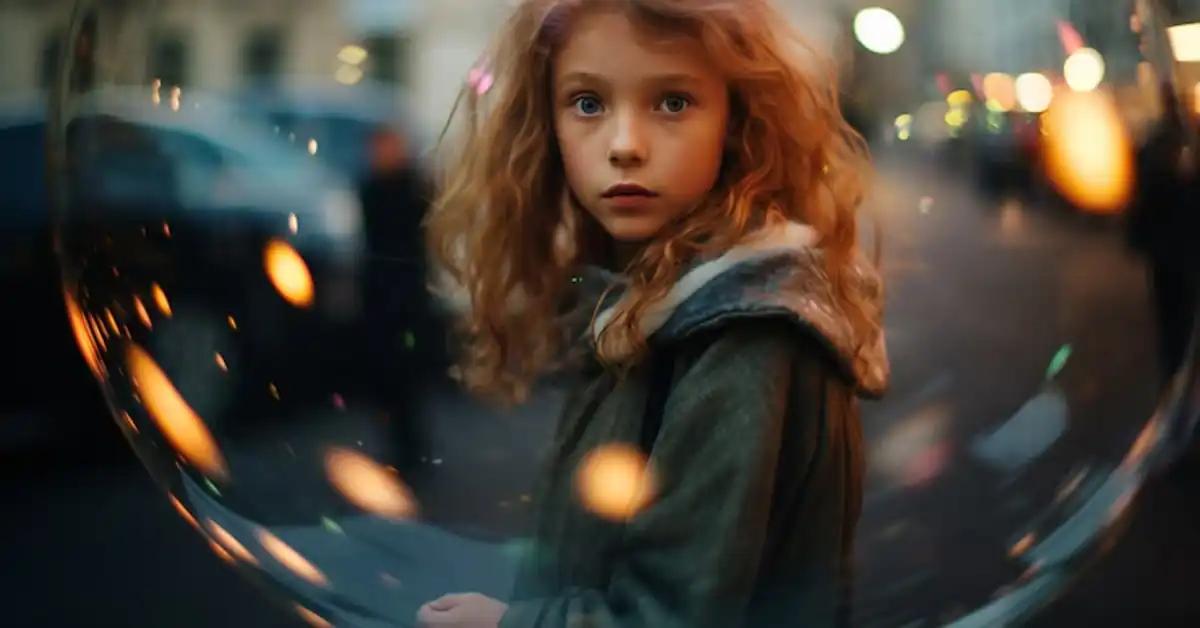Introduction
When used skillfully, lens flares can add depth, mood, and realism to photographs. One tool that stands out for this purpose is the Photeeq lens flare plugin, which gives photographers an intuitive way to enhance their images with dynamic light effects.
In this guide, we’ll explore what Photeeq lens flare is, how to use it effectively, and the creative potential it unlocks for photographers and digital artists.
What Is Photeeq Lens Flare?
Photeeq lens flare refers to the digital lens flare effect created using the Photeeq plugin, which was popular among photographers using Adobe Photoshop and Lightroom. Though Photeeq is no longer officially supported, many still use archived versions to add subtle or dramatic light flare effects to portraits, landscapes, and commercial imagery.
This plugin simulates how light interacts with a camera lens, mimicking sunbursts, halos, and streaks of light—perfect for adding warmth and authenticity.
The Art and Science of Lens Flares
A lens flare occurs when light reflects internally between a camera’s lens elements, creating artifacts or hazy glow effects. While often seen as a technical flaw, modern photography embraces lens flares as a stylistic feature.
Types of lens flares:
- Circular halos
- Light streaks or rays
- Hazy overexposure zones
- Polygonal reflections from lens elements
Photographers can create lens flare in-camera or through editing tools like Photeeq. The latter offers more control without compromising image quality.
Photeeq Plugin Overview
Though discontinued, the Photeeq plugin gained popularity for its:
- Lightweight performance on older systems
- Intuitive drag-and-drop flare overlays
- Realistic lighting simulation
- Compatibility with popular Adobe products
While newer plugins now exist, Photeeq still finds a home among creatives for its simplicity and ease of use.
How to Add Lens Flare Using Photeeq
Step-by-Step Instructions:
- Install Photeeq Plugin
Use archived versions or older install packages compatible with Adobe Photoshop CS5–CS6. - Open Your Image
Load the image you want to enhance. - Launch Photeeq Plugin
Navigate to the plugin via the “Filters” tab in Photoshop. - Choose Flare Type
Select from presets like solar flare, soft glow, or radial burst. - Adjust Position and Intensity
Drag the flare overlay into position and tweak brightness or transparency. - Preview and Apply
Confirm changes and render the effect.
Photeeq also allowed layering multiple effects to build customized lighting atmospheres.
Best Practices for Lens Flare in Photography
Lens flare can elevate a composition when used purposefully. Here’s how to make the most of it:
- Use Flare to Guide the Eye – Position flares toward the subject to create depth.
- Match the Scene’s Lighting – Avoid unrealistic flares that don’t align with shadows or highlights.
- Choose the Right Intensity – Subtle flares often enhance mood more effectively than overpowering ones.
- Balance with Contrast – Overexposed flares may wash out your subject.
Real-World Applications:
- Wedding Photos: Add dreamy light for romantic ambience.
- Product Photography: Suggest natural sunlight without environmental constraints.
- Travel Photography: Enhance sunsets or dramatic backlighting.
Common Mistakes to Avoid
Even great tools like Photeeq can produce poor results without careful use.
- Overuse: Too many flares can distract and cheapen an image.
- Mismatched Directionality: Flares must align with the original light source.
- Low-Resolution Files: Artifacts become more obvious and less believable.
- Ignoring Color Balance: Warm flares may look odd in cool-toned scenes.
Always test flares on a duplicate layer so you can revert or modify easily.
Conclusion
The Photeeq lens flare effect is a creative tool that, when applied thoughtfully, can transform photos into cinematic, emotionally rich compositions. While Photeeq may be outdated, its ability to introduce nuanced lighting effects remains timeless.
FAQs
Q1: Is Photeeq still available?
Photeeq is discontinued, but some archived versions can be found online. Use them with caution and verify file safety.
Q2: Can Photeeq lens flare work in Lightroom?
Primarily designed for Photoshop, but certain overlays may be imported into Lightroom manually.
Q3: Are there alternatives to Photeeq?
Yes. Try Optical Flares (Video Copilot), LensFlare Studio, or Nik Collection for modern support.
Q4: Does adding a lens flare reduce image quality?
Not if done carefully. When used as a layer, it remains non-destructive.









